A landmark study published in Cell has shown that prime editing, a cutting-edge form of gene editing, can correct mutations causing Alternating Hemiplegia of Childhood (AHC) with a single in-brain injection. The research team fixed the most prevalent ATP1A3 gene mutations in mouse models, reducing symptoms and more than doubling survival, a first-of-its-kind success in treating a neurological disease directly in the brain. CRISPR-based gene editing was delivered through an harmless adeno-associated virus called AAV9. In parallel, patient-derived cells (iPSCs) responded similarly, reinforcing the method’s promise for human translation. Importantly, this success opens the door to targeting other genetic brain disorders previously deemed untreatable. Although results are preliminary, this study provides robust proof‑of‑concept for personalized gene editing in the brain and opens doors toward potential treatments for other intractable genetic neurological disorders.






 Your new post is loading...
Your new post is loading...

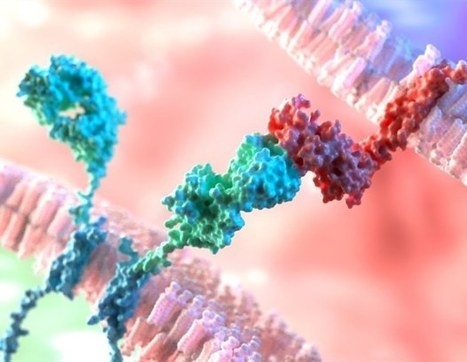


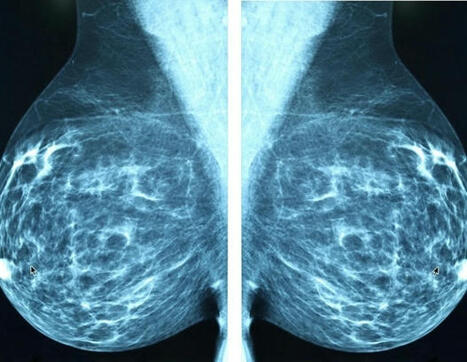
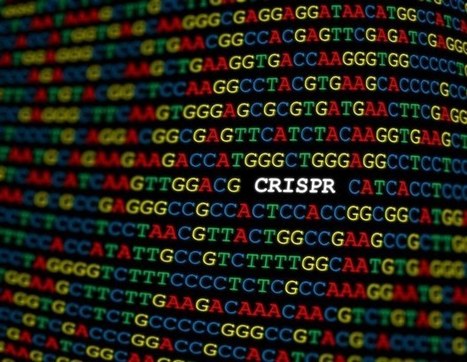
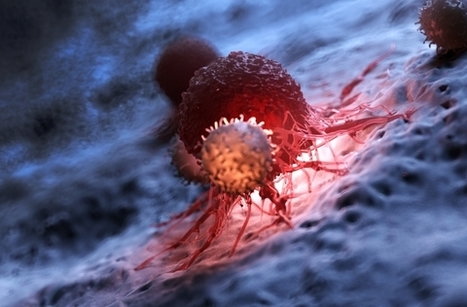
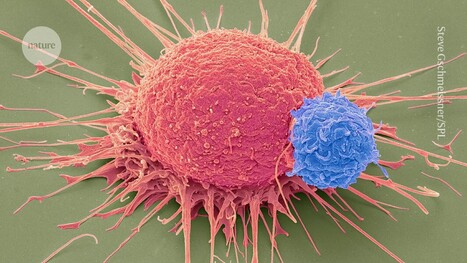
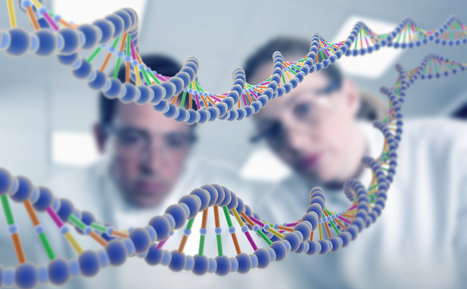

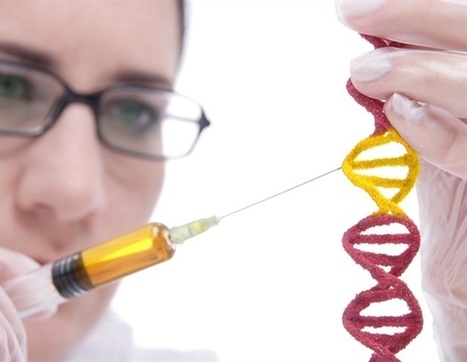
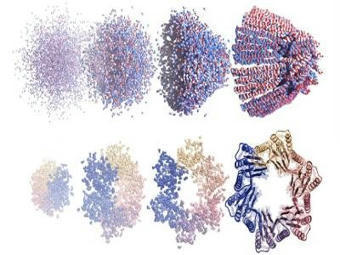
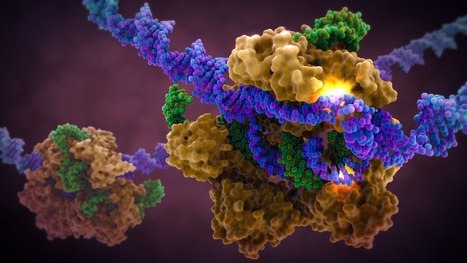

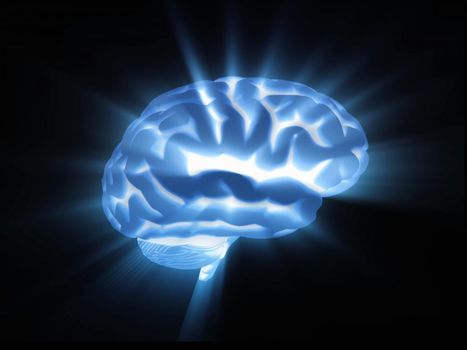

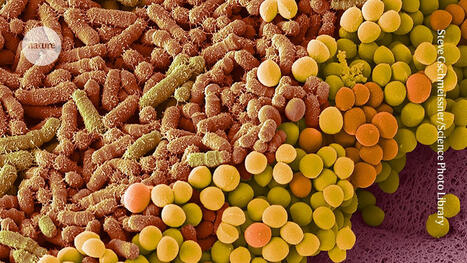
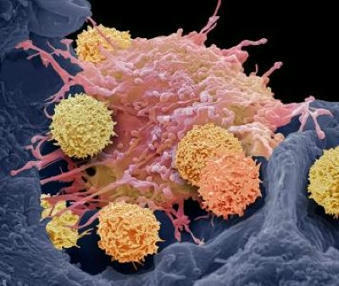

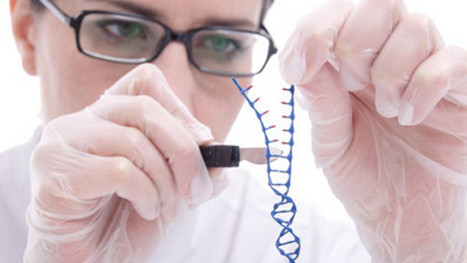
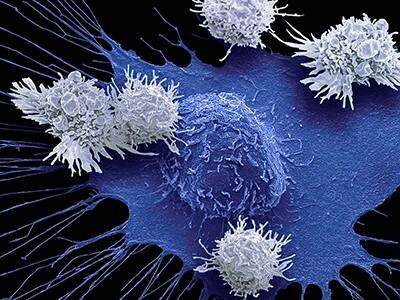
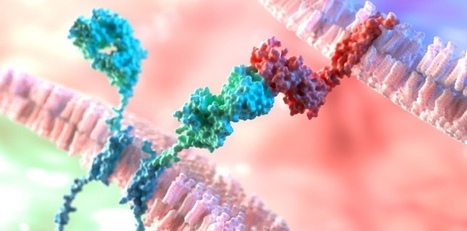
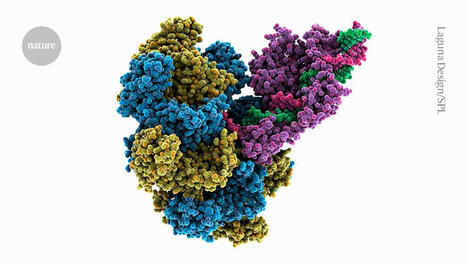






The padCas13 editor can efficiently edit A-to-I and C-to-U RNA bases, targeting disease-relevant transcripts. Photoactivatable base editing represents a significant advance in CRISPR technology, as it enables fine-tuning of gene expression and post-translational modifications without permanent alterations to the genome. This method is particularly relevant for diseases in which transient modulation of gene expression may have therapeutic benefits. A crucial element of padCas13 is the Magnet system, which comprises a positively and negatively charged Magnet protein. These proteins are designed to heterodimerize rapidly in response to light, thereby activating the Cas13 nuclease.